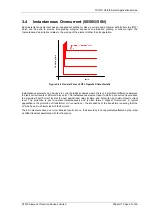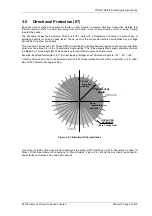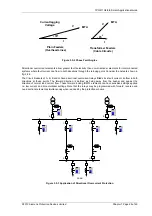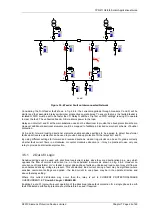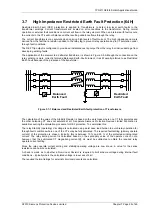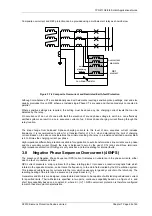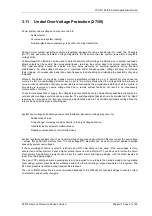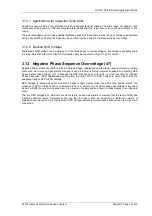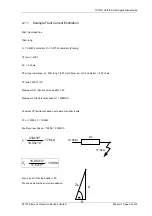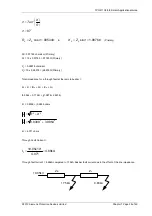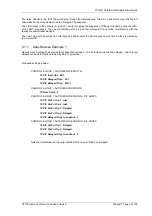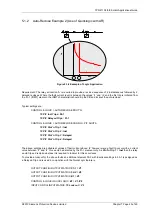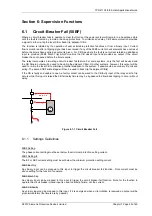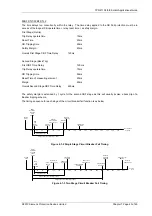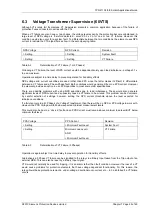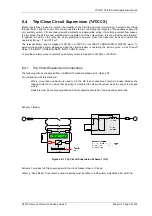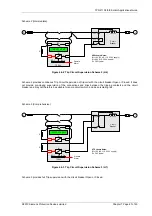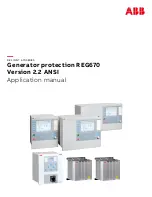
7PG2113/4/5/6 Solkor Applications Guide
Section 4: CT Requirements
4.1
CT Requirements for Current Differential Protection
The main requisite is that the saturation voltage of the current transformers should not be less than that given by
the formula:
(
)
L
CT
F
n
k
R
R
N
I
I
V
2
50
+
+
=
Where I
n
= Rated current of Solkor Rf relay.
I
F
= Primary current under maximum steady state THROUGH FAULT conditions.
N = Current Transformer ratio.
R
CT
= Secondary resistance of the current transformer
R
L
= Lead resistance between the current transformers and the Solkor R/Rf, per phase.
For the above purpose the saturation voltage i.e. the knee point of the magnetising curve, may be taken as that
point on the curve at which a 10% increase in output voltage requires 50% increase in magnetising current.
To ensure good balance of the protection the current transformers at the two ends should have identical turns
ratios. Close balance of the ratio is provided by current transformers to IEC60044: pt1, class px, whose ratio error
is limited to ±0.25% and these CTs are recommended to meet the above requirements.
It is recommended that no other burdens should be included in the current transformer circuit, but where this
cannot be avoided the additional burden should be added to those listed when determining the current
transformer output voltage required.
In addition to the above, the secondary magnetising currents of the current transformers at different ends of the
feeder should normally not differ by more than I
N
/20 amperes for output voltages up to 50/I
N
volts where I
N
= rated
current of Solkor Rf relay. This criteria is applied to quantify matching of the transient response of the two CTs so
that relay operations do not occur due to differing responses of the CTs to normal load switching or the incidence
and clearance of out of zone faults. This condition is usually easily satisfied by modern CTs of similar size since
the magnetising current is usually a lower value. Care should be taken when applying a new CT to be paired with
existing CT and also when interposing CTs are required to match CT ratios.
The fault current used for the above calculation should be the THROUGH FAULT level. This condition must be
considered to ensure that the relay will not be caused to operate for through faults due to secondary differential
current being created by the failure of the CT to measure correctly due to core saturation. During a high level
internal fault the relay will operate before the saturation effect becomes significant. The THROUGH fault level is
often not readily available and may be significantly different to the source Busbar fault level which is commonly
quoted incorrectly based on switchgear rating rather than on the actual current level which is limited by system
impedances. The remote end fault level will be distorted by any parallel infeed or backfeed and is only equivalent
to the through fault level for truly radial systems.
The following example shows a simple through fault current estimate based on Busbar levels and commonly
available data.
©2010 Siemens Protection Devices Limited
Chapter 7 Page 34 of 49




